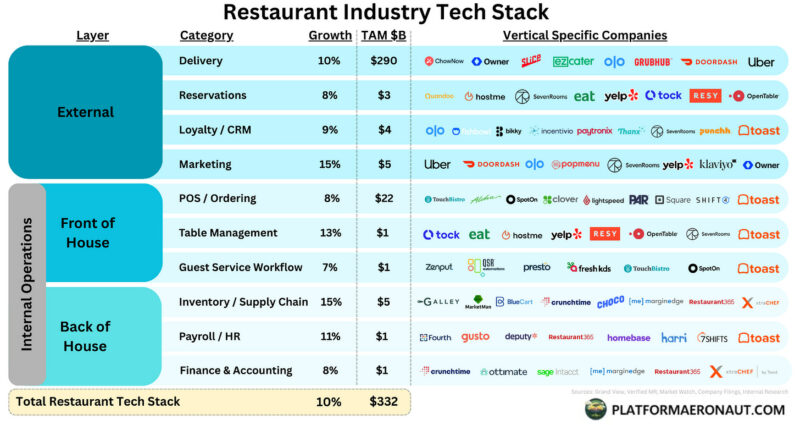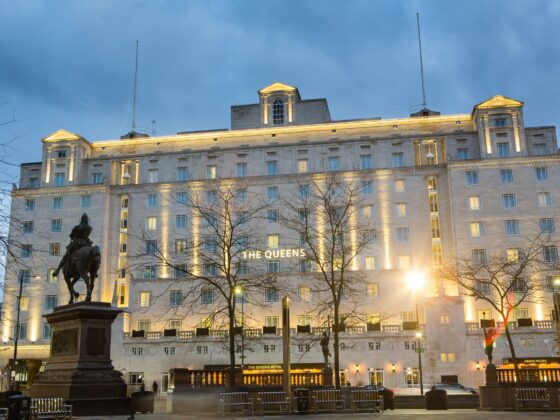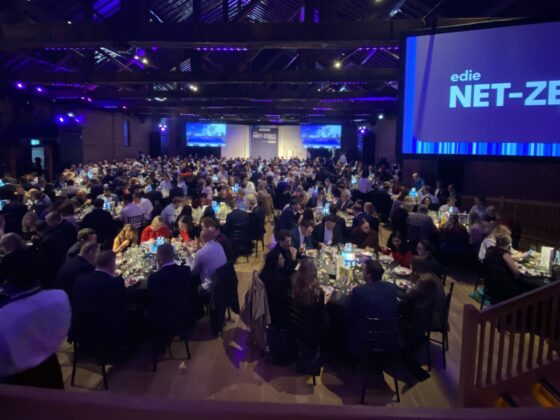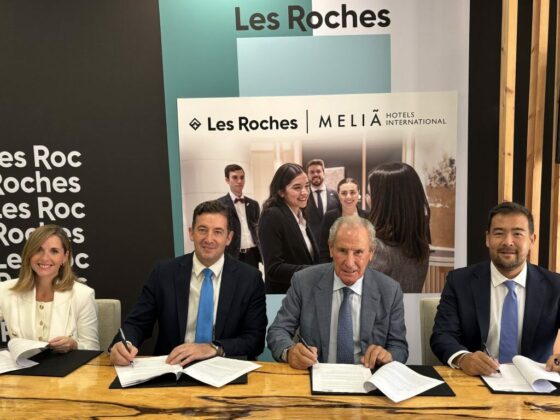
Luxury hospitality is entering a new era. No longer satisfied with offering indulgence alone, it increasingly embraces the language of restoration: guests are invited to take part in coral reef projects, rewilded landscapes, or collaborations with local artisans. The promise is alluring — a chance to indulge while also contributing to something meaningful.
But beneath the appeal lies a sharp tension. Luxury, by definition, is scarce, accessible only to a few. Regeneration, by definition, requires scale, participation, and collective benefit. Can these two logics coexist?
Why Call It “Regenerative Luxury”?
The luxury segment often acts as the incubator of new trends. What starts at the high end—spa and wellness retreats, farm-to-table dining, sustainability certifications—often trickles down into the mainstream. Positioning regeneration within the luxury frame may therefore be strategic: it gives practices visibility, prestige, and aspirational power.
Yet the terminology is problematic. Regeneration is not about reducing harm but about actively restoring, replenishing, and creating conditions for life to thrive—something that requires widespread participation. To frame regeneration as “luxury” risks trapping it in a world of privilege, where only a small elite can afford to be part of the process.
This is more than a semantic quibble. It raises a deeper question: Is “regenerative luxury” an oxymoron?
The Symbolic Clash
Luxury has historically symbolized access to the rare and refined. Rare wines, rare locations, rare experiences—all available to those with means. But in an age of climate crisis and biodiversity loss, the scarcest commodities are no longer diamonds or caviar. They are clean air, dark skies, silence, biodiversity, and authentic human connection.
Regeneration, by contrast, is about reciprocity and restoration. It calls for participation, humility, and inclusivity. It requires communities and ecosystems to be woven together through collective action. As Durkheim (1912) argued, shared rituals generate a kind of collective effervescence—a surge of energy and belonging that transforms individuals into communities. Regeneration, at its best, is collective effervescence: experienced together, not hoarded by the few.
Some establishments are experimenting with exactly this model. The Fogo Island Inn in Canada, for instance, reinvests profits into local crafts, culture, and ecological stewardship. Guests do not only consume exclusivity; they are woven into a broader narrative of place and community resilience.
This is where the paradox bites: how can indulgence and restoration, exclusivity and inclusivity, be promised under the same banner?
The Business Paradox: Can Luxury Scale Without Losing Its Exclusivity?
The term paradox itself comes from the Greek para (contrary to) and dokein (opinion), and from the Latin paradoxum, meaning something seemingly absurd yet true (Brown, 2025). While some disciplines — for example, service management — have occasionally used the word paradox to describe an unexpected outcome (such as the so-called “service recovery paradox,” where a failure followed by an outstanding recovery may lead to greater loyalty than no failure at all), I take a different stance. For me, a paradox is not a result but a relation of tension — the coexistence of two seemingly opposing logics that must be held together. It is precisely in sustaining this tension, rather than resolving it, that new practices and meanings can emerge.
- If regeneration remains niche, then luxury guests may enjoy meaningful indulgence—perhaps planting mangroves or funding reef restoration as part of their holiday. But the ecological and social impact remains limited, more symbolic than systemic.
- If regeneration scales up, reaching beyond elite retreats to mid-scale and mainstream hospitality, genuine ecological and social value can be created. Yet in this process, the exclusivity that defines luxury is diluted.
This tension illustrates the dilemma: for regeneration to matter, it must be widespread; for luxury to matter, it must remain scarce. Luxury hospitality could be seen as occupying the role of innovators and early adopters in the diffusion of innovation (Rogers, 1962), where new ideas first take root before spreading to wider audiences. But regenerative hospitality has not yet reached its tipping point; it remains largely confined to pioneering properties rather than the sector at large.
Brené Brown, in her newest book Strong Ground (2025), refers to the “tenacity of paradox.” Paradoxes are “stubborn” and never let go, we are the ones who give up and it is usually because we can’t bear the tension. Brown suggests, the paradox is not a problem to be solved but tension to be held. The gift of paradox is that if we can hold on—accepting uncertainty and resisting premature resolution—a deeper wisdom often emerges. The luxury–regeneration paradox is precisely such a case. It is not easily held, but it can open new ways of thinking about what luxury means in a climate-challenged world.
Trend or Transformation?
One way to approach this paradox is through historical analogy. Many practices we now consider standard across hospitality—wellness spas, fitness centres, organic dining—began as luxury offerings. Over time, they became mainstream, moving from exclusive retreats to city hotels and even budget chains.
Could regeneration follow a similar path? Will today’s exclusive regenerative retreats become tomorrow’s baseline expectation across the industry?
If so, luxury’s role may not be to monopolize regeneration but to prototype and showcase it. Luxury properties have the resources, visibility, and cultural influence to set the stage. If done authentically, they could act as catalysts, incubating practices that then diffuse across the sector.
But there is also the risk of regeneration washing—using the language of regeneration to enhance brand reputation without delivering substantive impact. Just as “greenwashing” diluted the meaning of sustainability in the past, “regenerative luxury” may become another marketing veneer.
The question, then, is not only whether regeneration is a trend or a transformation, but also who defines it, who benefits, and who participates.
Guest Experience: From Indulgence to Transformation
For luxury guests, regeneration is increasingly framed as a transformative experience. The promise is no longer just a pristine beach or a Michelin-starred meal but the feeling of contributing to something larger: restoring a reef, harvesting with local farmers, supporting artisans. Resorts like Soneva Fushi in the Maldives invite guests to take part in coral restoration dives or waste-to-wealth projects, while maintaining an ultra-luxury positioning. Six Senses integrates regenerative farming into the guest journey, allowing travellers to experience circular food systems firsthand.
This connects to psychological theories of meaning and purpose. Viktor Frankl, in Man’s Search for Meaning (1946), argued that humans find fulfilment not in pleasure alone but in pursuing meaningful goals beyond the self. This idea is echoed in Abraham Maslow’s later writings, where he placed self-transcendence at the very top of human needs (Toward a Psychology of Being, 1968). Extending this line of thought, Adam Grant (2013) showed that people thrive when they act as givers—when their choices create value for others.
In this sense, regenerative luxury is less about choosing between indulgence or responsibility and more about practicing what Collins and Porras (1994) call the genius of the and: allowing exclusivity and inclusivity, comfort and contribution, to coexist in the same guest journey.
Tourism, by definition, involves movement from the familiar into the unfamiliar. Regenerative tourism taps into this prosocial dimension: guests are not only crossing borders geographically, but also crossing into roles of contribution, becoming givers rather than mere consumers. Yet even here, the paradox persists: when participation is commodified—say, paying to plant corals during a luxury stay—does it represent authentic transformation, or does it risk becoming a curated performance of responsibility?
Recommendations for Luxury Hospitality Managers
To avoid falling into contradiction or superficiality, managers and owners might consider:
- Integrate regeneration across operations, not only as guest experiences but in supply chains, landscaping, architecture, and employment practices.
- Balance exclusivity with openness: certain initiatives can be high-end guest offerings, while others (e.g., biodiversity projects, local artisan partnerships) can involve communities and broader networks.
- Be transparent: measure and communicate regenerative outcomes clearly—what has been restored, who benefits, and how.
- Emphasize process over perfection: guests often connect more deeply to authentic stories of progress and learning than to polished claims of success.
- Use privilege responsibly: luxury has the resources to experiment and lead. Position the property not only as exclusive but also as an exemplar for others to follow.
Conclusion
The paradox of regenerative luxury is not one to be solved, but one to be interrogated. Luxury thrives on exclusivity; regeneration thrives on inclusivity. The two logics are in tension, yet it is in this tension that new possibilities arise.
Paradox is leadership. For regenerative luxury to succeed, leaders must learn to navigate the space between seemingly opposite imperatives: exclusivity and inclusivity, speed and humanity, innovation and regulation, technology and empathy. The task is not to collapse one into the other, but to sustain the tension until new practices and meanings emerge.
If luxury confines regeneration to the few, it risks irrelevance. If it uses its power and influence to prototype, showcase, and inspire, it could pave the way for transformation across the industry.
Ultimately, regenerative luxury will be defined by leaders who can hold paradox as a source of strength — balancing privilege with responsibility, indulgence with restoration. The future of luxury hospitality will not rest on indulgence alone, but on its capacity to embody paradox and, through it, to lead toward regeneration.
To lead in regenerative luxury is to master paradox itself.
References
- Brown, B. (2025). Strong ground: The lessons of daring leadership, the tenacity of paradox, and the wisdom of the human spirit. Random House.
- Collins, J. C., & Porras, J. I. (1994). Built to Last: Successful Habits of Visionary Companies. HarperBusiness.
- Durkheim, É. (1912/1995). The elementary forms of religious life (K. E. Fields, Trans.). Free Press. (Original work published 1912)
- Frankl, V. E. (1946/2006). Man’s search for meaning. Beacon Press. (Original work published 1946)
- Grant, A. (2013). Give and take: Why helping others drives our success. Viking.
- Maslow, A. H. (1968). Toward a psychology of being (2nd ed.). Van Nostrand Reinhold.
- Rogers, E. M. (1962). Diffusion of innovations. Free Press.
Dr. Andreea Antonescu
Visiting Professor, Les Roches Global Hospitality Education (Crans-Montana, Switzerland)
Les Roches








